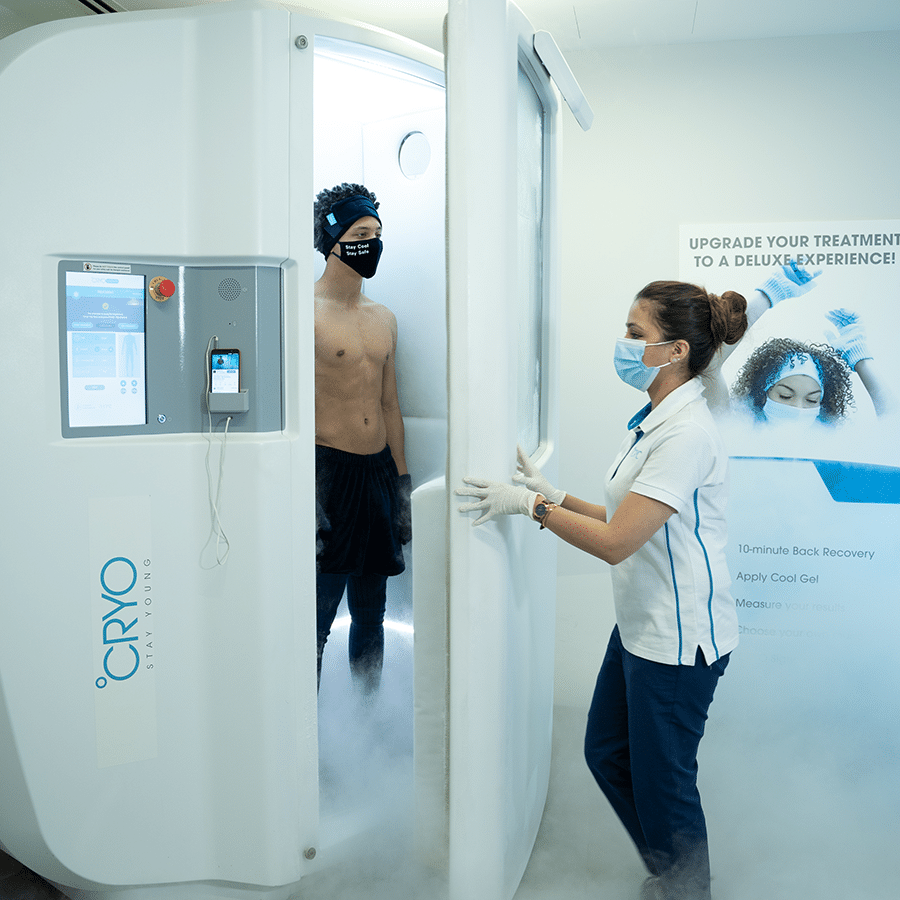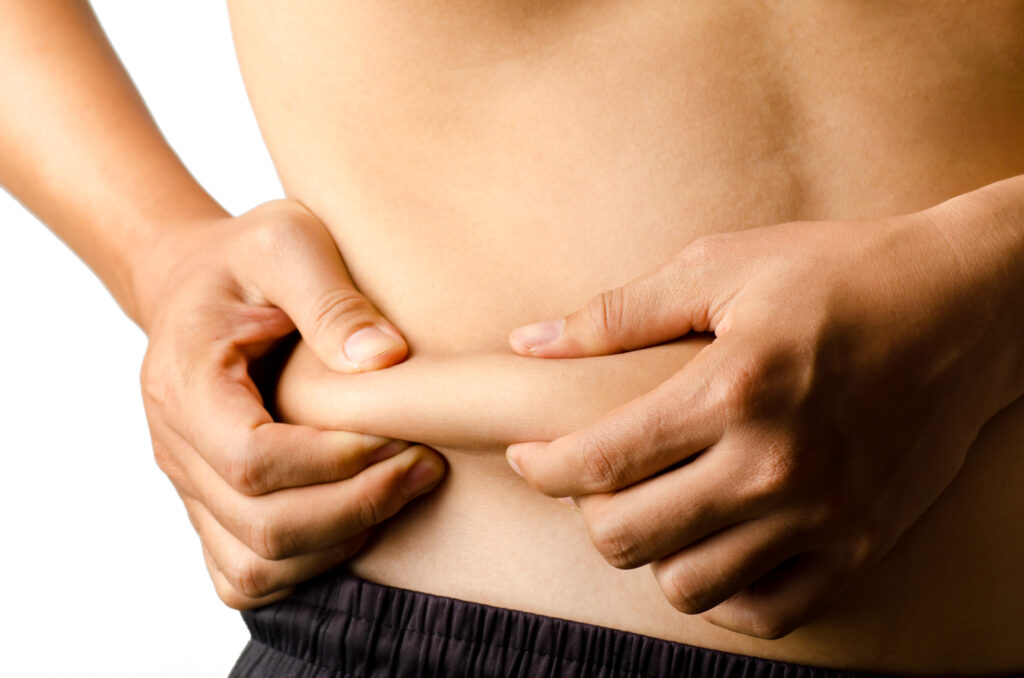how many sessions of cryotherapy to see results
What is Cryotherapy?
Definition and Overview of Cryotherapy
Cryotherapy is a technique that involves exposing the body to extremely cold temperatures for therapeutic purposes. It is often used in sports medicine and rehabilitation to reduce pain and inflammation and promote healing. The treatment typically involves spending a short period of time in a cryotherapy chamber or tank that is cooled to temperatures as low as -200 degrees Fahrenheit (-129 degrees Celsius).
How Cryotherapy Works
During cryotherapy, the extreme cold temperatures cause the blood vessels to constrict, which reduces blood flow to the targeted area. This can help alleviate pain and inflammation by numbing the nerve endings and reducing swelling. The body’s natural response to the cold exposure is to increase blood circulation to the core, which can provide overall improvement in circulation and increased oxygenation of the blood.
Cryotherapy can be used topically or in whole-body treatments. Topical cryotherapy involves applying ice packs or cold compresses directly to the skin. Whole-body cryotherapy, on the other hand, involves submerging the body in a cryotherapy chamber or tank. In these chambers, nitrogen gas or liquid nitrogen is used to cool the air inside the chamber, creating the extreme cold temperatures.
Compared to traditional ice baths, cryotherapy offers several advantages. It is a quicker and more convenient method, as it only takes a few minutes compared to the 20-30 minutes typically spent in an ice bath. Additionally, cryotherapy provides a more controlled and consistent temperature, which allows for a more precise and targeted treatment. It can also be performed multiple times a day, whereas ice baths are typically limited to one session per day.
Overall, cryotherapy is an effective and efficient technique for reducing pain, inflammation, and promoting healing. Its quick and convenient nature, along with its ability to provide targeted treatment, makes it a popular choice for athletes and individuals seeking pain relief and improved recovery.
Benefits of Cryotherapy
Pain Relief and Reduction of Inflammation
Cryotherapy offers significant benefits when it comes to pain relief and reducing inflammation. When exposed to extremely cold temperatures, the blood vessels constrict, leading to reduced blood flow in the targeted area. This helps numb the nerve endings, reducing pain sensations. It also helps in reducing swelling by constricting the blood vessels and limiting the accumulation of fluids in the tissues. This makes cryotherapy an effective choice for managing chronic pain conditions and acute injuries.
Improved Muscle Recovery and Performance
Cryotherapy can play a crucial role in enhancing muscle recovery and improving performance. The exposure to extreme cold triggers the body’s natural response to increase blood circulation to the core. This increased blood flow helps in removing metabolic waste products from the muscles and enhances the delivery of oxygen and nutrients, promoting faster recovery. Cryotherapy can also reduce muscle soreness and fatigue, allowing athletes to train at a higher intensity and with shorter recovery times.
Compared to traditional ice baths, cryotherapy offers several advantages. Here are some key points to consider:
- Quicker and more convenient: Cryotherapy sessions typically only take a few minutes, whereas ice baths can require 20-30 minutes of immersion.
- Controlled and consistent temperature: Cryotherapy chambers provide a more controlled environment, ensuring that the desired temperature is maintained throughout the session. This allows for more precise and targeted treatment.
- Multiple sessions per day: Cryotherapy can be performed multiple times a day, whereas ice baths are usually limited to one session per day.
In conclusion, cryotherapy is a highly effective technique for pain relief, reducing inflammation, and promoting muscle recovery. Its convenience, controlled temperature, and ability to be performed multiple times a day make it a preferred option for athletes and individuals seeking quick and targeted relief.
How Many Sessions of Cryotherapy Are Needed for Results?
Factors Affecting the Number of Sessions Required
Cryotherapy is a highly effective treatment, but the number of sessions required to see results can vary depending on several factors. Some of the key factors that can influence the number of sessions needed include:
- The specific condition being treated: The severity and type of condition being targeted can impact the number of sessions required. For acute injuries, a few sessions may be sufficient, while chronic pain conditions may require more frequent and prolonged treatment.
- Individual response: Each person’s body is unique, and their response to cryotherapy can vary. Some individuals may see significant improvement after just a few sessions, while others may require more sessions to achieve the desired results.
- Consistency: Consistency is crucial when it comes to cryotherapy. Regular sessions are often necessary to maintain the benefits and prevent the return of symptoms. Skipping sessions or not following a recommended treatment plan can impact the effectiveness of the therapy.
Recommended Session Frequency for Different Goals
The recommended session frequency for cryotherapy can vary depending on the goals you have in mind. Here are some general guidelines:
- Pain relief and inflammation reduction: For managing pain and reducing inflammation, it is often recommended to start with a series of 5-10 sessions spaced 1-2 days apart. After the initial series, maintenance sessions can be scheduled every 1-2 weeks or as needed.
- Muscle recovery and performance enhancement: Athletes and individuals looking to improve muscle recovery and performance may benefit from more frequent sessions. 2-3 sessions per week are often recommended to maximize the benefits.
It’s important to note that these are general recommendations, and it’s always best to consult with a healthcare professional or cryotherapy specialist to determine the most appropriate session frequency for your specific needs and goals.
In summary, the number of cryotherapy sessions needed to see results can vary depending on several factors, including the condition being treated, individual response, and consistency of treatment. Following a recommended treatment plan and consulting with a professional can help determine the optimal session frequency for your goals.
Cryotherapy Session Duration and Temperature
Typical Duration and Temperature of Cryotherapy Sessions
Cryotherapy sessions typically last between 2 to 4 minutes. During the session, the temperature inside the cryotherapy chamber can drop to around -200 degrees Fahrenheit (-130 degrees Celsius). These extreme temperatures help to promote various therapeutic effects, such as reducing inflammation, relieving pain, and boosting muscle recovery.
Variations in Session Duration and Temperature
The duration and temperature of cryotherapy sessions can vary depending on the individual’s needs and goals. In some cases, shorter sessions of 1 to 2 minutes may be recommended, especially for those who are new to cryotherapy or have certain health conditions. On the other hand, athletes and individuals looking for more intense benefits may opt for longer sessions of up to 5 minutes.Similarly, the temperature inside the cryotherapy chamber can be adjusted based on the individual’s tolerance and desired results. Some cryotherapy providers may offer different temperature options, allowing clients to choose a level that suits them best.
It’s important to note that while cryotherapy sessions are generally brief, the extreme cold temperatures can cause discomfort or even mild frostbite if proper precautions are not taken. Cryotherapy should always be performed under the supervision of trained professionals to ensure safety and optimal outcomes.
In conclusion, cryotherapy sessions typically last 2 to 4 minutes and involve temperatures around -200 degrees Fahrenheit. The duration and temperature can be adjusted based on individual needs and goals. To ensure safety and effectiveness, it is crucial to seek guidance from professionals with experience in cryotherapy.
Short-term Effects and Immediate Results
Immediate Sensations and Feelings During Cryotherapy
During a cryotherapy session, individuals may experience a variety of sensations and effects. The intense cold temperature can cause the skin to feel tingling, numbness, and a slight burning sensation. Some individuals may also feel a sense of euphoria or a “runner’s high” due to the release of endorphins. It’s not uncommon for individuals to feel a temporary sense of exhilaration and increased energy immediately following the session.
Short-term Effects and Benefits After a Single Session
After a single cryotherapy session, individuals may experience several short-term effects and benefits. These effects may vary depending on the individual and their specific goals, but some common outcomes include:
- Reduced Inflammation: The extreme cold temperature helps constrict blood vessels and decrease inflammation in the body. This can lead to a reduction in swelling and pain.
- Pain Relief: Cryotherapy has been shown to provide temporary pain relief, especially for specific musculoskeletal conditions such as arthritis, muscle soreness, and sports injuries.
- Increased Recovery: Cryotherapy promotes muscle recovery by enhancing blood circulation and reducing muscle damage. Athletes often use cryotherapy to speed up their recovery time between training sessions or competitions.
- Enhanced Mood and Mental Well-being: The release of endorphins during cryotherapy can contribute to improved mood, reduced stress, and increased mental clarity. Many individuals report feeling a sense of relaxation and improved overall well-being after a session.
It’s important to note that the duration and intensity of these short-term effects can vary among individuals. Some individuals may experience more pronounced benefits, while others may only notice subtle changes. Consistency in cryotherapy sessions is key to maintaining and maximizing these short-term effects.



